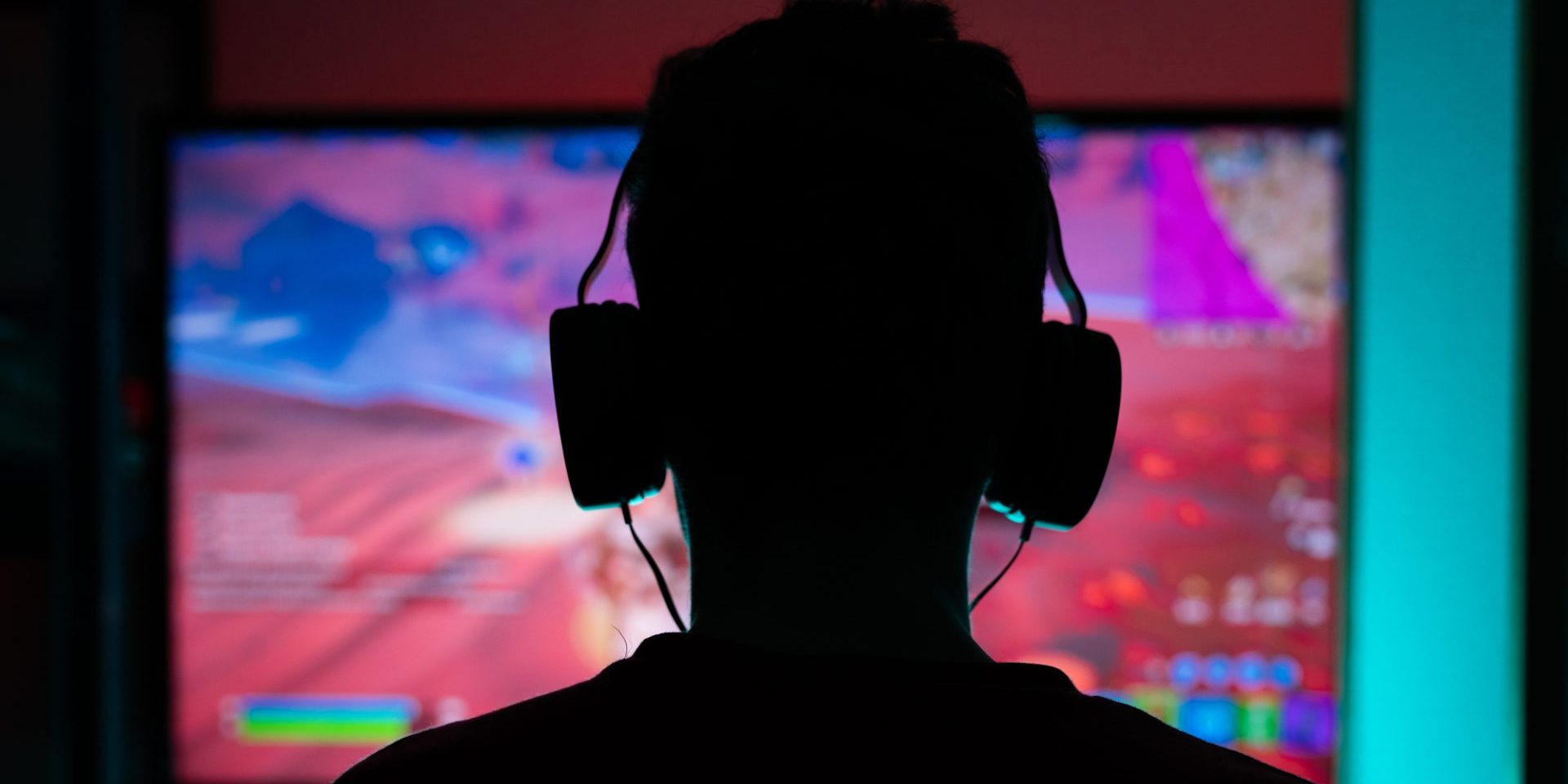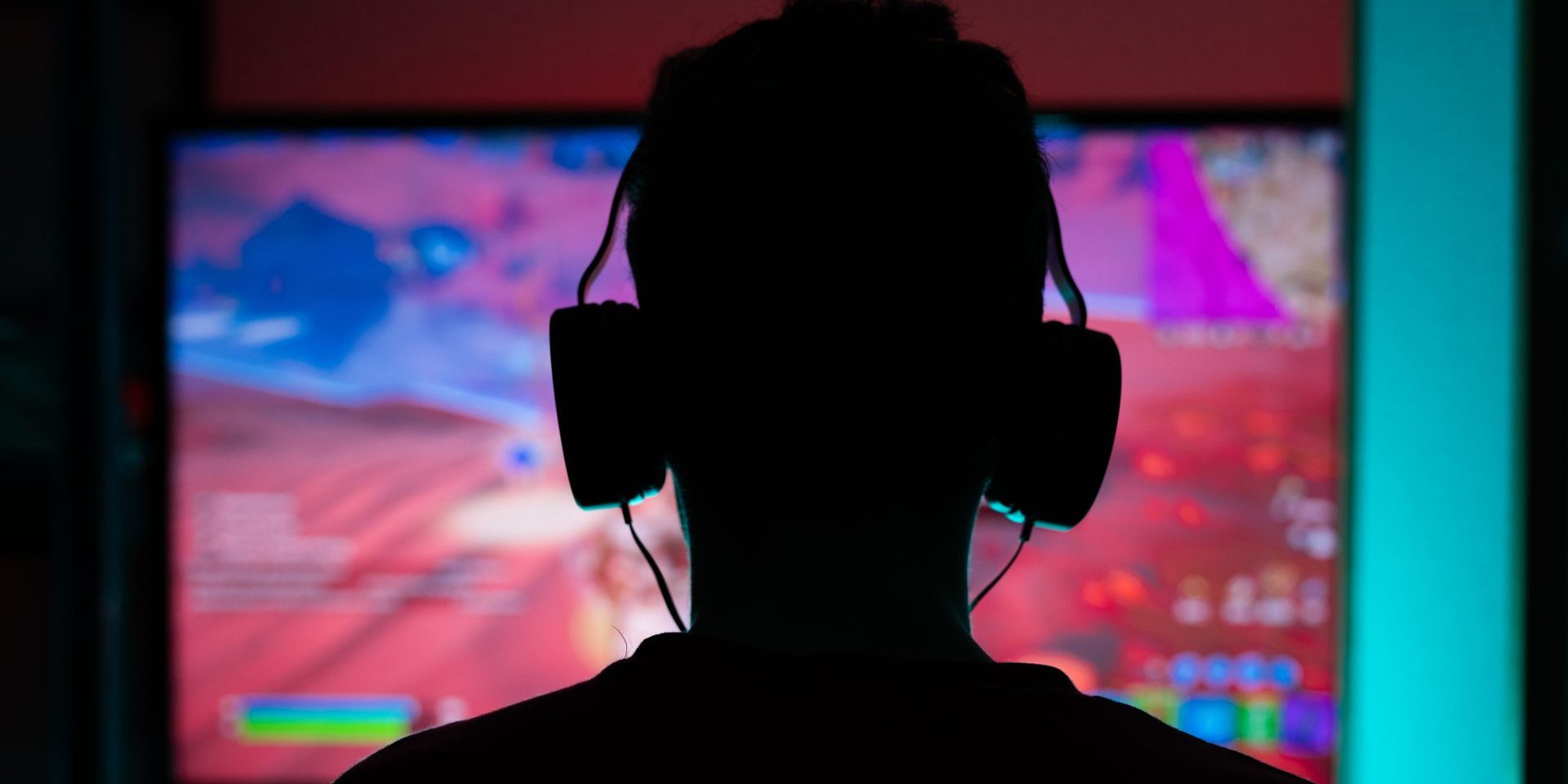Artificial intelligence is transforming the gaming industry, creating more immersive and interactive experiences for players. AI technologies are enhancing game mechanics, character behavior, and virtual environments in ways that were previously impossible. AI-powered game engines now generate dynamic content and adapt gameplay in real-time, providing unique experiences tailored to each player.
The integration of AI in gaming goes beyond improved graphics and performance. Non-player characters (NPCs) exhibit increasingly sophisticated behaviors, making virtual worlds feel more alive and responsive. AI algorithms allow NPCs to learn from player actions, engage in natural conversations, and make intelligent decisions that create challenging and unpredictable scenarios.
As AI continues to advance, the boundaries between reality and virtual worlds are blurring. Game developers are leveraging machine learning to create procedurally generated content, endless possibilities for player exploration, and adaptive difficulty levels. These innovations are pushing the limits of what’s possible in gaming, promising even more exciting and engaging experiences for players in the future.
The Evolution of AI in Video Games
Artificial intelligence in video games has transformed from basic algorithms to complex systems that shape dynamic worlds and characters. This progression has redefined gameplay experiences and expanded the possibilities for interactive entertainment.
From Pong to Procedural Content Generation
Early video games like Pong used simple AI to control paddle movements. As technology advanced, games incorporated more sophisticated AI for enemy behavior and path-finding. The 1990s saw a leap with games like Doom, featuring AI-controlled enemies that could track players and respond to their actions.
The 2000s brought AI-driven physics and realistic character animations. Games like The Sims used AI to simulate life-like behaviors and social interactions. The rise of open-world games led to AI systems managing vast environments and non-player character routines.
Recent years have seen the emergence of procedural content generation (PCG). Games like No Man’s Sky use AI algorithms to create vast universes with unique planets, creatures, and ecosystems. This technology allows for nearly infinite content creation, reducing development time and increasing replay value.
AI Technologies Shaping the New Era
Modern AI in games leverages machine learning and neural networks to create more responsive and adaptive experiences. These technologies enable NPCs to learn from player actions and adjust their behavior accordingly. Games can now feature AI companions that provide contextual assistance and engage in natural conversations using advanced natural language processing.
AI is also enhancing game design processes. Developers use AI tools to test game balance, generate level layouts, and even create art assets. This streamlines production and allows for rapid prototyping of game concepts.
Cutting-edge AI technologies are pushing the boundaries of player-game interaction. Some games now use AI to analyze player emotions through facial recognition, adapting the gameplay to match the player’s mood. Others employ AI to create personalized stories and quests based on individual play styles and preferences.
Creating Realistic and Dynamic Gaming Worlds
AI technologies have transformed gaming environments, enhancing realism and dynamic interactions. These advancements create more immersive experiences for players.
Enhancing NPC Interaction and Behavior
AI-driven NPCs in modern games exhibit complex behaviors and interactions. In Red Dead Redemption 2, NPCs follow daily routines, respond to weather changes, and remember past encounters with the player. This level of detail creates a living world that reacts to player actions.
The Last of Us uses AI to make enemy NPCs adapt their tactics based on the player’s behavior. Enemies communicate with each other, flank the player, and use cover intelligently. This creates tense, realistic combat scenarios that challenge players to think strategically.
Improving Environmental Realism
AI enhances environmental realism by generating dynamic weather systems, vegetation growth, and terrain deformation. Games like Red Dead Redemption 2 feature realistic ecosystems where animals behave naturally, hunting and interacting with each other.
AI algorithms can generate vast, detailed landscapes procedurally. This allows for expansive game worlds with unique geographical features, reducing the need for manual design of every area.
Dynamic lighting and sound systems powered by AI react to in-game events and time of day. This creates atmospheric changes that immerse players in the game world, from the soft glow of sunrise to the eerie sounds of a stormy night.
Personalizing the Player Experience
AI algorithms analyze player behavior and preferences to create tailored gaming experiences. This enhances engagement and retention by adapting gameplay elements to individual users.
AI-Driven Personalization Techniques
Machine learning models process vast amounts of player data to customize various aspects of games. These systems track in-game decisions, play styles, and performance metrics to adjust difficulty levels dynamically. For example, if a player struggles with certain challenges, the AI may offer hints or reduce enemy strength.
Natural language processing enables more realistic conversations with non-player characters (NPCs). NPCs can remember past interactions and respond contextually, creating deeper narrative immersion. Some games use decision trees to generate branching storylines based on player choices.
Reinforcement learning algorithms optimize reward systems and in-game economies. These systems balance progression to keep players engaged without making advancement too easy or frustrating.
Future of Player Engagement and Retention
Advancements in AI will lead to increasingly sophisticated personalization. Games may feature NPCs with distinct personalities that evolve through player interactions. This creates unique experiences for each user, encouraging long-term engagement.
AI could generate infinite procedural content tailored to individual preferences. Levels, quests, and even entire worlds might be created on-the-fly to match a player’s desired style and difficulty.
Predictive analytics may anticipate player churn, allowing developers to intervene with personalized content or incentives to maintain interest. This proactive approach could significantly boost player retention rates.












